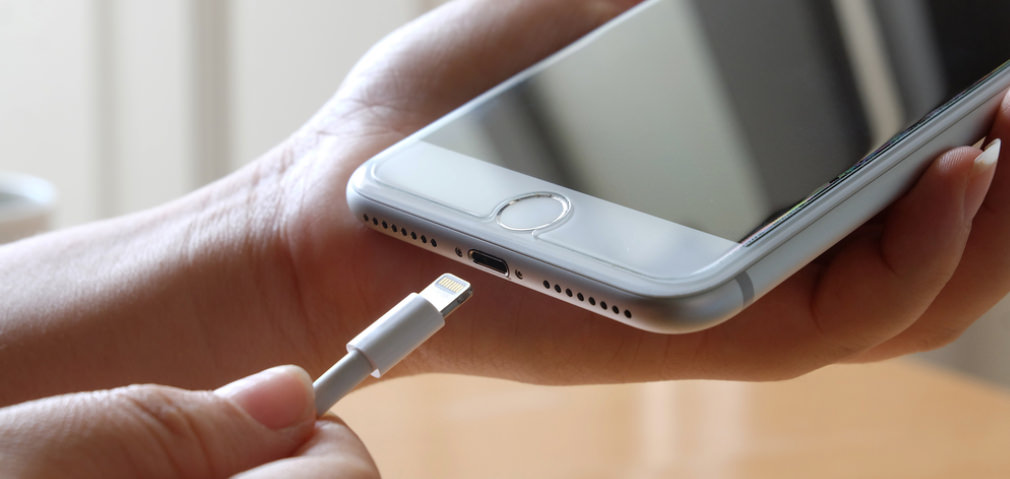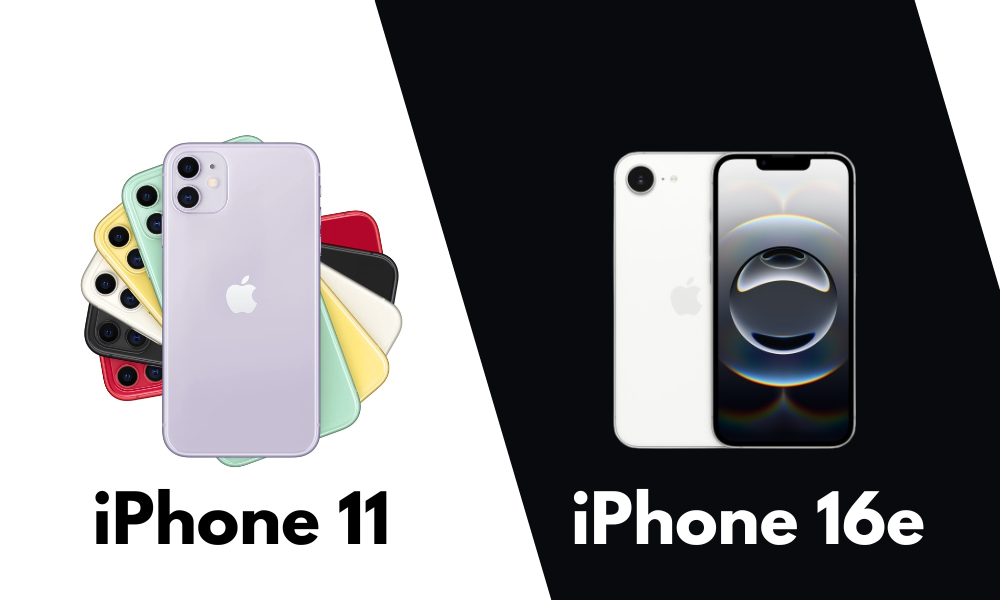
An essential part of understanding how long our battery lasts is understanding battery health. We are going to show you where to find this information and how to interpret the data to make your iPhone battery last as long as possible.
What is battery health?
The battery of an iPhone is a physical and consumable element. Like a car battery, the iPhone battery wears out over time and with use. The iPhone helps us to know the state of the battery in order for us to make decisions.
How does an iPhone battery work?
The iPhone battery is made of lithium-ion – currently the most advanced technology. With such batteries, it is not recommended to either keep them at 100%, or leave them at 0%, for a long time.
The iPhone and its battery have a certain number of charge cycles. A charge cycle is achieved by charging the battery to 100%. However, this does not have to be continuous, i.e. you can charge the iPhone 80% at work, and 20% more at home. Both charges will add up to a full charge cycle. In short, with lithium-ion batteries there is no need to continuously charge your iPhone to 100% every time. Simply charge it when you want and need to.
Analyzing Battery Health Data on your iPhone
All batteries have a limited life. As time goes by, you are bound to notice changes in its performance due to the ageing of the battery.
Where can we find this data to know more about the state of our battery? You simply have to go to Settings>Battery>Battery health. Here you will find two sections:
- Maximum capacity.
- Peak performance capability.
The maximum capacity is followed by a percentage (95%, for example). This refers to the wear and tear it has undergone. It comes from the factory at 100% and, after two years, it may be around 80%. What does this mean? Well, if before it lasted ten hours watching videos; after two years, it would last eight hours.
If your battery health has degraded significantly, you will see that you can turn the Peak Performance Capability on or off. This means that your battery may at some point find itself without enough power for some processes. If you enable Peak Performance Capability, your iPhone will limit the speed of the processor so you don't have unexpected shutdowns. This is similar to the contracted electricity you have at home. If you exceed what the differential can give, the power will go out.
How to take care of the battery health?
First of all, as explained above, we must remember that all batteries have a limited lifespan and inevitable wear and tear. Even so, you can take into account the following things so that the health of your iPhone's battery will last as long as possible:
- Avoid high temperatures: don't charge your iPhone in direct sunlight, or while outdoors with an external battery in the summer, unless it's really necessary.
- Don't be afraid of charging it for short periods: It is better to make small charges than to take the battery to an extreme (0%) and charge it up to 100% every day.
- Leave it to charge at night without worrying: The iPhone is smart enough to manage the battery charge at night. Leaving it charging all night is not going to influence the health of the battery.
When do I need to change my battery?
When the battery health is below 80%, battery replacement is recommended. Generally, this is about two years after you buy your iPhone, but it depends on your usage. There are many cases where 80% is reached after four years.
If you decide to change the battery of your iPhone, you are in luck, at iSTYLE we provide official Apple technical services and you can change your iPhone battery with us. When you are ready, you can come to any of our stores, or even request a battery change online. Now that you know everything you need to know about the health of your iPhone's battery, how is it doing?

 United Arab Emirates
United Arab Emirates Oman
Oman Lebanon
Lebanon Morocco
Morocco Iraq
Iraq Hungary
Hungary Romania
Romania Czech Republic
Czech Republic Serbia
Serbia Croatia
Croatia Slovakia
Slovakia Bulgaria
Bulgaria Slovenia
Slovenia Macedonia
Macedonia Spain (K-Tuin)
Spain (K-Tuin)

